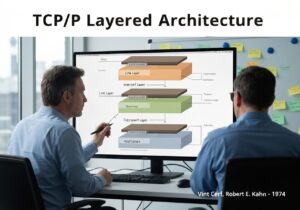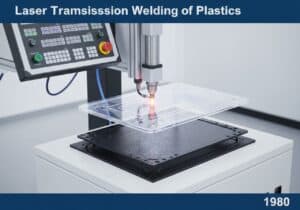To address the inability of different 计算机辅助设计 systems to share data, neutral file formats were created. The Initial Graphics Exchange Specification (IGES), developed in the late 1970s, was an early attempt. It was later superseded by the more robust and comprehensive STEP (Standard for the Exchange of Product model data, ISO 10303), which can represent full 3D models, assembly structure, and metadata.
In the early days of CAD, each software vendor developed its own proprietary 文件格式. This created ‘digital islands,’ making it nearly impossible for companies using different systems to collaborate. An automotive company using System A could not easily share a design with a supplier using System B. The Initial Graphics Exchange Specification (IGES) was created by a consortium including Boeing and General Electric, and managed by the U.S. National Bureau of Standards (now NIST), to solve this problem. Released in 1980, IGES provided a neutral, text-based format to describe wireframe geometry, surfaces, and basic drawings. However, IGES had limitations; it often struggled with solid models, leading to translation errors like gaps between surfaces, and it lacked the ability to store higher-level information like feature history or assembly constraints.
To overcome these shortcomings, the International Organization for Standardization (ISO) began developing a more ambitious standard: ISO 10303, informally known as STEP (Standard for the Exchange of Product model data). Unlike IGES, STEP was designed from the ground up to be a comprehensive product data model. It is not a single format but a series of ‘Application Protocols’ (APs) tailored for specific industries. For example, AP203 is for configuration-controlled 3D design, while AP242 merges mechanical design and electronics. STEP can accurately represent solid geometry (B-rep), assembly structures, tolerances, material properties, and other metadata crucial for the entire product lifecycle. While direct translation using a CAD system’s native format is still preferred for perfect fidelity, STEP has become the de facto 行业标准 for robust, vendor-neutral 3D data exchange.






























